Good day steemians. This is my first stem article, hope you enjoy reading through.
Ever wondered why earthquake, volcanic eruption, and other major hazards occur, plate tectonic explains it all.
Meaning of Plate tectonic
Plate tectonic is the movement of the outer layer of the earth(lithosphere). It is derived from a Latin word (Tectonicus) which means building. Plate tectonic theory was one of the prominent discovery by scientists in the 20th century. It tells us that the earth lithosphere is divided into seven plates.
Let me explain some basic things before proceeding
The outer layer of the earth is divided into Lithosphere and Asthenosphere.
Lithosphere- Lithosphere is the solid outer part of the earth. It is made up of the uppermost mantle and the crust. It has different thickness along which various plates separates. It has a thickness of 75km below ovean floor and has thickness of 125km below the continent. It is cool.
Asthenosphere- This is the opposite of lithosphere. It is weak and plastic like in nature. It is hot. The asthenosphere thickness extends from the bottom of the lithosphere to a depth of 350 kilometers.
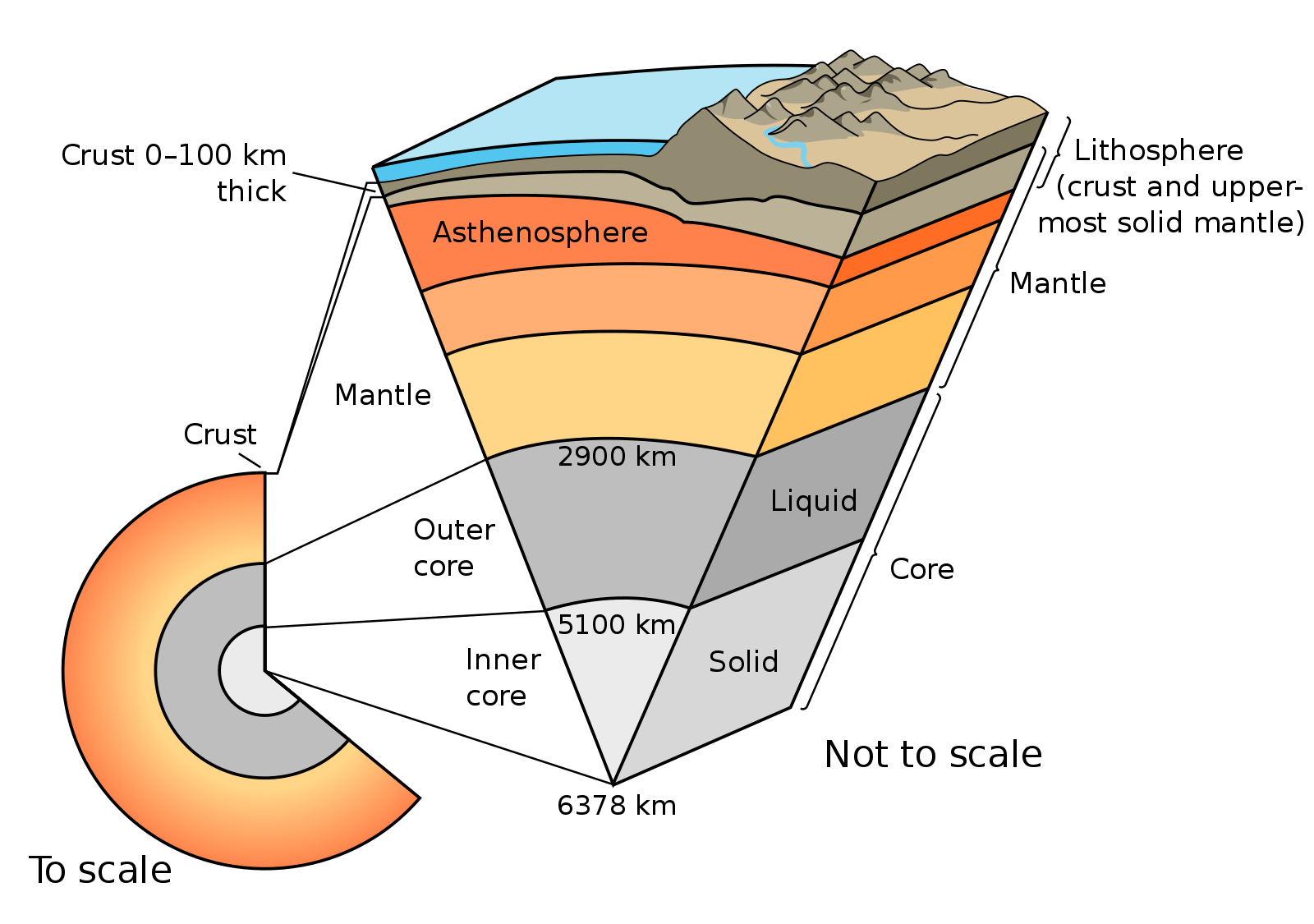 wikimedia cc internal structure of the earth
wikimedia cc internal structure of the earth
Principle of Plate tectonic
The earth tectonic(lithospheric) plates are Eurasian, Indian-Australian, Antartic, Pacific, African, South American and North American plates. Though there are other smaller plates but these are the most important ones.
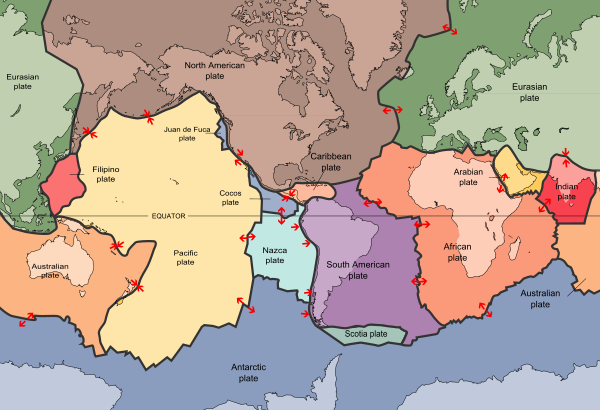 wikimedia cc tectonic plates and locations
wikimedia cc tectonic plates and locations
The principle behind plate tectonic is the movement of tectonic or lithospheric plates over the asthenosphere. The movement is similar to the movement of ice over a drifting pond. The upper part of lithospheric plate is made up of continent and ocean basin.
The plates movement occur at a speed of 10-40mm/year in the Mid-Atlantic Ridge; about as quick as fingernails develop to 160mm/year in the Nazca plate with range similar to that of hair growth.

A place where two plates meets (intersects) is called plate boundary. A plate boundary is where different geological activities takes places. These geologic activites are-
- Earthquake
- Volcanic Eruption
- mid ocean ridges
- mountains
Earthquake
Earthquake is a rapid disturbance or shaking of the surface of the earth as a result an energy release from the lithosphere which creates a seismic wave. The effect of earthquake is shown on the earth surface by disruption of the ground. It can be caused by natural or humans. The magnitude of earthquake is measured on a richter scale. It has a scale of 0-9. When the origin (epicenter) of an earthquake is located in sea. It causes tsunami or landslides which creates the greatest damage to lives and properties.

Volcanic Eruption
Volcanic eruption occurs when a hot molten magma or lava is expelled from a volcano. When these magma are expelled from the volcano they can cause loss of lives and properties. The types of volcanic eruption are ;
Phreatic eruption- occurs when superheated steam makes contact with magma.
Phreatomagnetic eruption- It occurs when gas is compressed within magma.
Magnetic eruption- It occurs by expansion of gas within magma.

Mid ocean ridges
These are mountains formed under water. They are caused by lithospheric plate movement. Two process leads to the formation of mid ocean ridges which are
ridge push and slab push. Ridge push happens when the developing majority of the ridge pushes whatever remains of the structural plate far from the edge, frequently towards a subduction zone. Slab push is just the weight of the structural plate being subducted (pulled) underneath the overlying plate dragging whatever is left of the plate along behind it.
Mountain
Mountain is a big landform which is higher in elevation than the surrounding. A mountain has a greater steep than a hill. Mountain areas are usually cold because of their elevation.
High elevations on mountains create colder atmospheres than adrift(sea) level. These colder atmospheres emphatically influence the biological systems of mountains: diverse elevation have distinctive plants and animals.
Types of plate boundaries
- Convergent boundary
- Divergent Boundary
- Transform fault boundary
1. Convergent boundary
This occur when two lithospheric(tectonic) plates moves towards each other. It is also defined as the boundary formed when two lithospheric plates collides. Convergent boundary is also called destructive boundary. Convergent boundary result in mountain and trench(valley) . A trench is a valley formed in ocean floor. It occurs when oceanic plates collides and one if the plates subducts(descends) below the other. When two continental plates collide large mountain are formed.
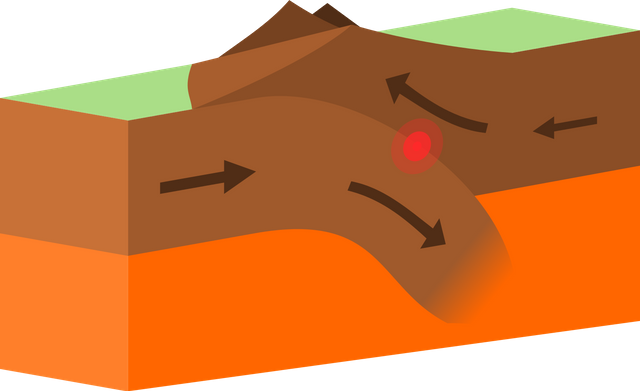 wikimedia cc
wikimedia cc
convergent boundary/plate formed when a continental plate subducts below the other.
2. Divergent Boundary
This is also called constructive boundary. It is formed when two lithospheric plates slides away from each other. Divergent boundary are formed in new sea floor in mid ocean ridges and rift valley. New sea floor are found over the rising crest of a mantle convection cell. The convection cell causes the two plates to move far from each other. Melted rocks fill the space created by their movement. When this melted rocks becomes hard, it forms the new ocean floor. Rift valley occurs on land by the same process explained above. East African rift is an example of rift valley.
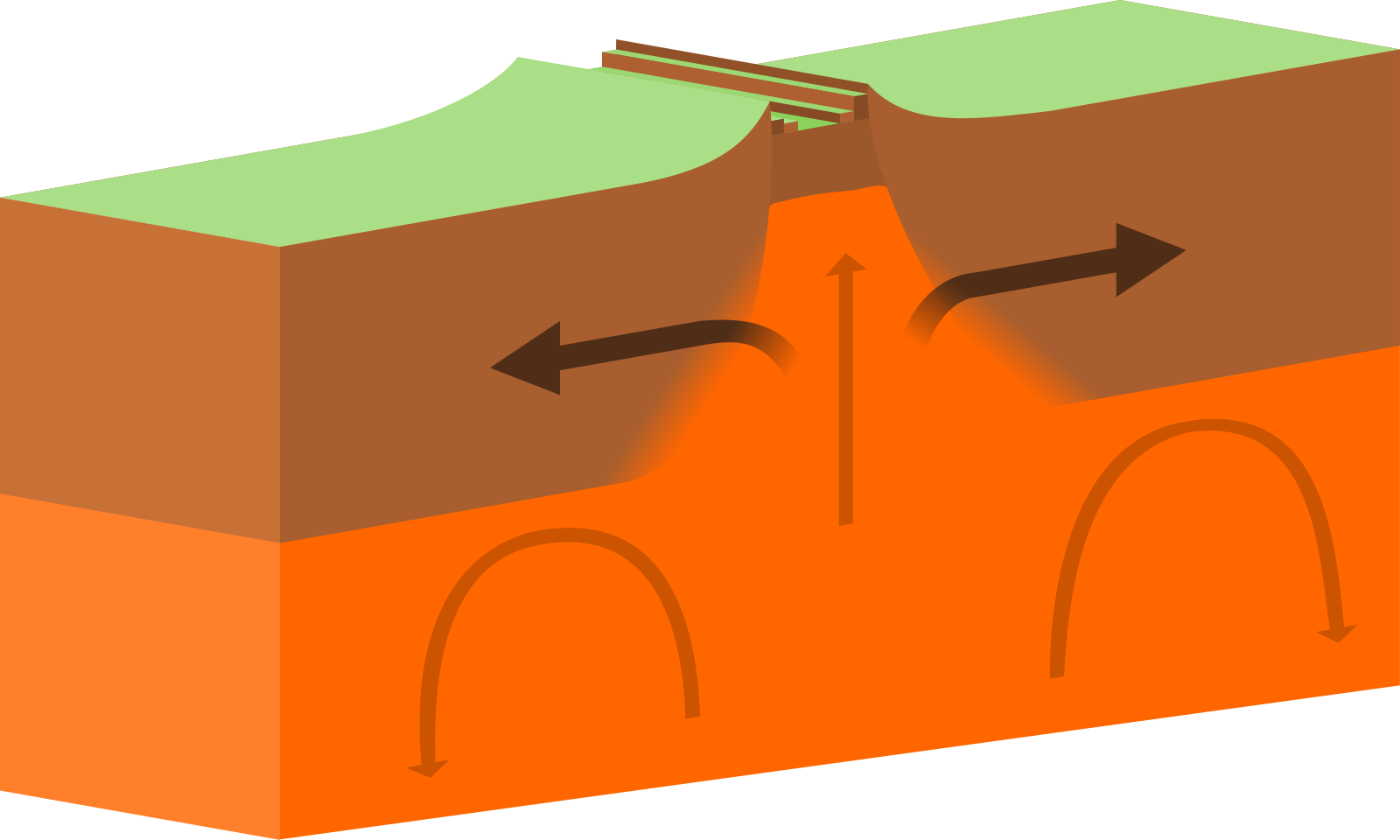 wikimedia cc divergent boundary/plates
wikimedia cc divergent boundary/plates
3. Transform fault boundary
This boundary is also called conservative boundary. It occurs when two lithospheric plates crush(grinds) past each other. It occurs in transform fault where plates are neither created nor destroyed. Transform fault boundary are difficult to locate as they don't form straight line. They are zig zag, branched and they changes location with time. They result in earthquake. Example of transform fault is San andres fault in California.
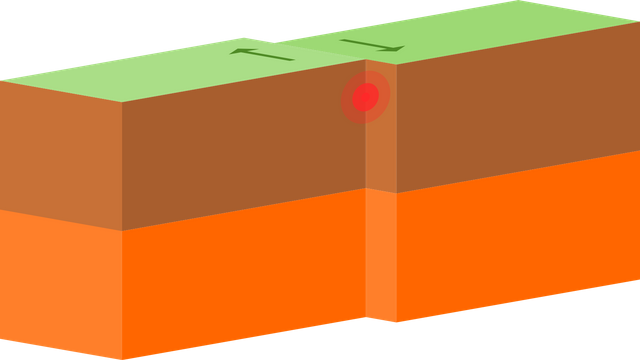 wikimedia cc transform /conservative boundary
wikimedia cc transform /conservative boundary
Importance of Plate Tectonics
Plate tectonic help to provide solution to different geological hazards that occurs on earth surface. It helps to detect and call for relocation of inhabitants of a place when earthquake are detected before they happen.
REFERENCE
- Engineering geology by F.G Bell.
- ocean environment and plate tectonic.pdf
- Engineering geology note
- Wikipedia
Thanks for reading through
All the images used are Creative Common as no copyright infringements have occurred
.gif)
Good information there. This article really shows why does certain location in the earth is prone to experience earthquake. I'm living in Malaysia, which is not on the boundary of tectonic plates. Countries like Indonesia and Japan experience earthquake and volcanic eruption more frequently than others due to the location. How unfortunate. Thanks for the write up !
Downvoting a post can decrease pending rewards and make it less visible. Common reasons:
Submit
Thanks man
Downvoting a post can decrease pending rewards and make it less visible. Common reasons:
Submit
You received a 10.0% upvote since you are not yet a member of geopolis and wrote in the category of "geology".
To read more about us and what we do, click here.
https://steemit.com/geopolis/@geopolis/geopolis-the-community-for-global-sciences-update-4
Downvoting a post can decrease pending rewards and make it less visible. Common reasons:
Submit